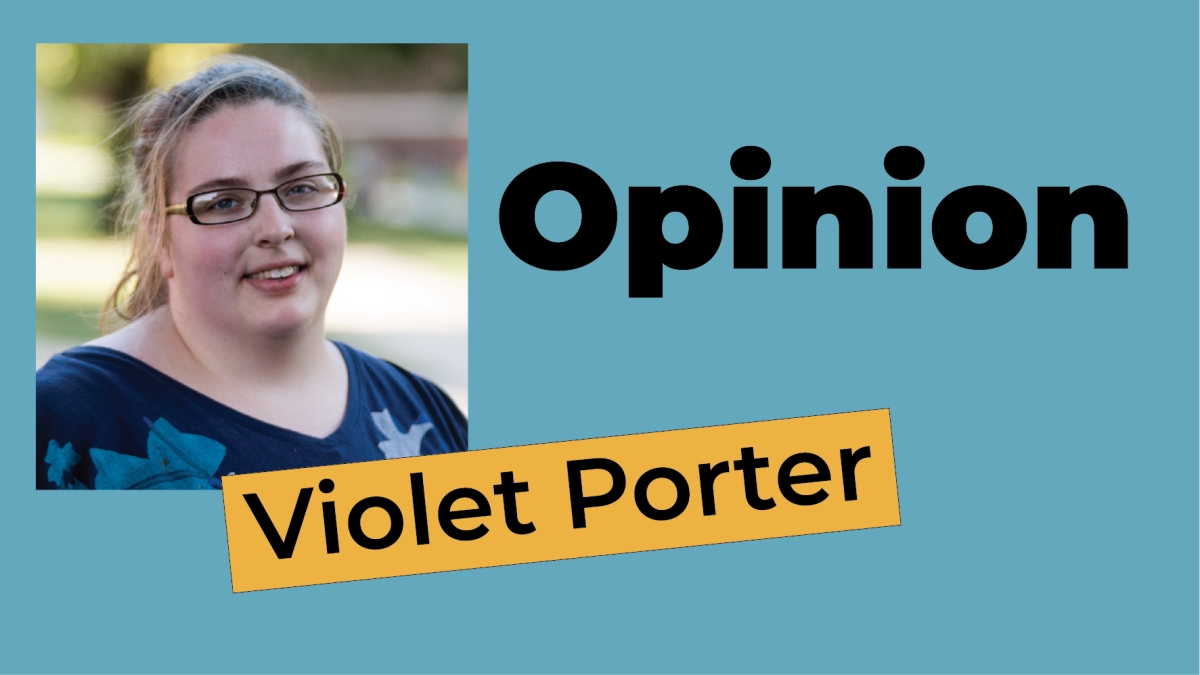Tablets, computers and phones have become a key part of everyday life. Almost everyone has one or more of these devices and they are now being integrated into schools at every level.
Some embrace technology and believe the medium should become our primary way of learning. Others think books are still essential.
I see pros and cons to both sides.
Technology has a place in the modern classroom, but there can be room for both. With technology in the classroom, you can increase the engagement of students.
Today, most students grow up with technology, so it’s easy for them to understand and interact with it for the purpose of learning. It could help with shy students who don’t want the attention that comes with raising their hand or speaking in class.
Technology in classrooms can also let teachers see at a glance which students are understanding the lesson and which ones aren’t in real time. This allows teachers to adjust lessons on the fly, rather than not knowing until the test, when it’s far too late.
Of course, electronics can be distracting. It can disconnect students from interacting with their peers. Sometimes, it can add a kind of ‘cheat’ because all the information is easily accessible, so there’s no motivation to memorize the curriculum.
The biggest con, however, is for students who do not have equal access to technological resources at home.
Some school districts can’t afford laptops or tablets for every student, which means it’s on the students to purchase it.
This wouldn’t be an issue in a perfect society, but in today’s world, not everyone can afford top of the line equipment, or, in some cases, any equipment at all.
Also, technology can’t replace everything. Books have a place too.
Sure, as any college student knows, books may be expensive, but not nearly as expensive as some of these tablets. There are also now more resources available for institutions and students to get free or discounted textbooks.
Ultimately, learning is personalized and it should be up to the individual student to get what they need to learn effectively.
If your books aren’t available in all formats, be sure to write to the author or publisher that you would like another format to be available.
They’re always looking for a way to reach new markets, after all. They just need to know they exist.







